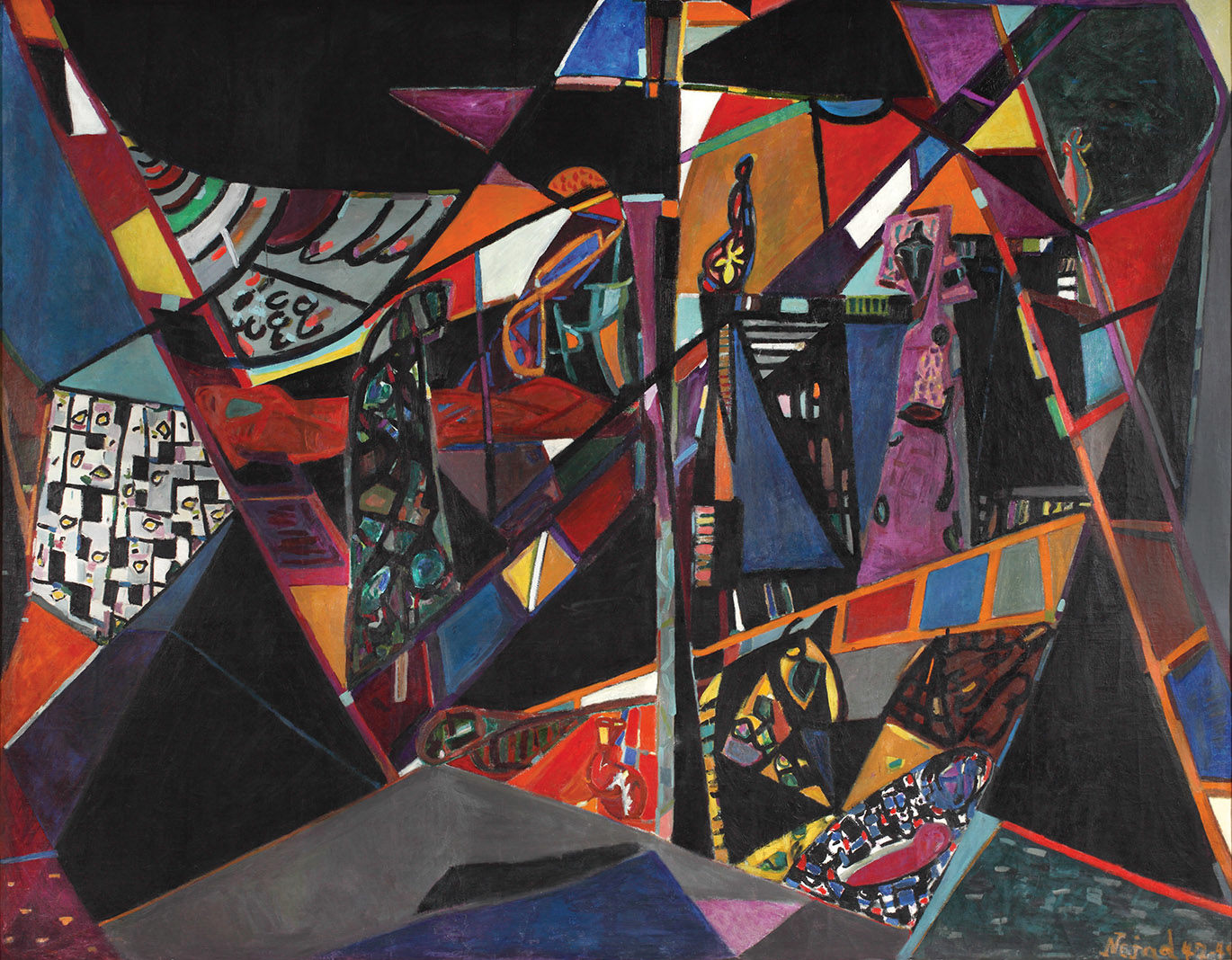- Open Today: 10.00–18.00
- Ticket
- Shop
- Membership
- TR EN

Nejad Melih Devrim, 1923-1995
Abstract Composition, 1947-1949
Nejad Melih Devrim, son of the painter Fahrelnissa Zeid, was born on Büyükada in 1923. After graduating from Galatasaray High School, he studied at the Istanbul Academy of Fine Arts between 1941 and 1945 as a student of Léopold Levy. In 1946 the artist went to Paris, where he had his first solo exhibition six months later.
Devrim, an internationally acclaimed lyrical abstract painter, separated his work before 1960 into three main periods: calligraphic, School of Paris, and black and white. In 1941 he took part in the exhibition organized by the Newcomers Group (Yeniler Grubu) around the theme of the “Harbor”, which featured works with social content. In 1950 he showed alongside such major artists as Mark Rothko, Jackson Pollock, Maria Helena Vieira da Silva, Ad Reinhardt, and Nicolas de Staël at the exhibition “Young Painters in the U.S. and France” at Sidney Janis Gallery. He carved a place for himself in the School of Paris community that took shape after 1945 in the Parisian art scene. In 1946, while in Paris, Devrim developed a style based on his research into Turkish art and calligraphy, especially the Byzantine mosaics and symbolism at the Hagia Sophia and the Chora Museum in Istanbul. Relying on a linear sense of rhythm and the use of color values, he sought solutions to the problems of plasticity in painting.
“Abstract Composition” is the earliest known example of an abstract painting by a Turkish artist. Its surfaces, divided into geometrical areas, complement one another in a rhythmic balance, while color is used freely without evoking any particular image of nature. Distinctive coloring styles are used for each geometric area, producing different layers of depth of surface.
Painting
Oil on canvas
Istanbul Museum of Modern Art Collection
Eczacıbaşı Group Donation